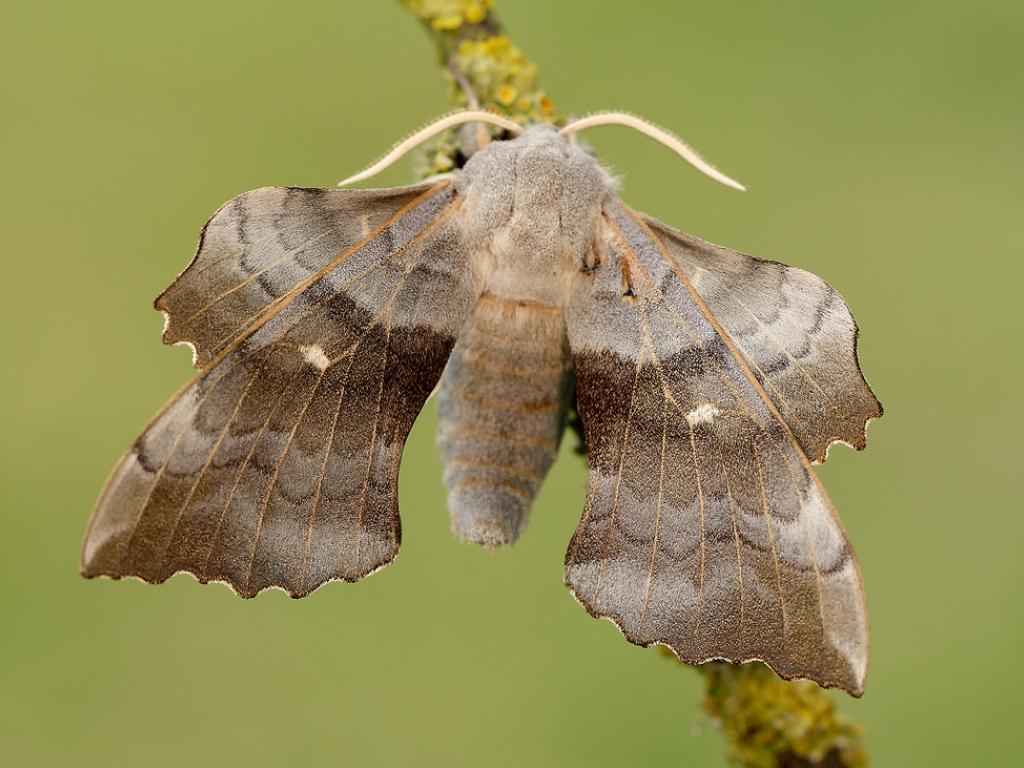The Secret Gardener explores how you can find out more about the species in and around your garden, and create a Wild Space that provides something for all stages of their life-cycle.
Like thousands of other people, I operate a moth trap in my garden occasionally. Moth traps are basically boxes with a light on top. The light attracts the moths at night-time, they go into the box below, and will rest on dry material (egg boxes are the favourite of moth trappers).
The excitement of opening a moth trap in the morning is like opening a present - you really don't know what will be inside! It might be something you've always dreamed of, or more of the same.
Recently I have been spending more time learning about the needs of the moths I trap. I go through the books and websites and find out what their caterpillars eat, and how they make their chrysalis. While I'm sure I got some migratory moths passing through, my moth trap isn't very powerful, so I feel confident that the moths I get are actually breeding in my garden or very close by.
Looking at the list of over 30 different moth species I have found in the garden this year alone, it's nice to feel that the types of plants I grow are helping them to live. Recently I've had Poplar Hawk-moths - one of the most incredible moth species, with a wing-span of 9cm! I've seen their caterpillars on the Aspen trees here (and Aspens are a type of Poplar), so I know these must be home-grown hawk-moths. I've also had the striking Lesser Swallow Prominent and less striking Grey Birch, and caterpillars of both of these species feed on Birch.
It's also nice to see the impact of my lazy gardening. By allowing nettles and docks to grow, the beautiful White Ermine has been to breed in my garden and I get good numbers of them coming to traps. The theme continues with butterflies in gardens - I have lots of fresh Peacock and Small Tortoiseshell, whose caterpillars feed on nettles too. I also see Orange-tip and other white butterflies laying their eggs on Garlic Mustard, Cuckoo-flower and Sweet Rocket which just seed themselves around the place and act like 'weeds'.
All of this reminds me of why Butterfly Conservation is aiming to create 100,000 new Wild Spaces for butterflies and moths by 2026. Wild Spaces are places where these insects can feed, breed and shelter. The only way we will boost populations of butterflies and moths in general is by providing more of the food that their caterpillars eat. Our gardens could be draped in flowers to feed the adults, but unless we are also feeding their caterpillars and providing safe spaces for them to make a chrysalis or spend the winter, we're only doing less than half of what is needed.
So, my message to you this month is to get researching the best caterpillar foodplants for your garden, and get them growing! Once you've done that, you can pledge to create a new Wild Space on our webpage, or register your existing Wild Space. Either way, you'll get regular updates and advice on Wild Spaces so you can make your garden the best it can be for butterflies and moths.


